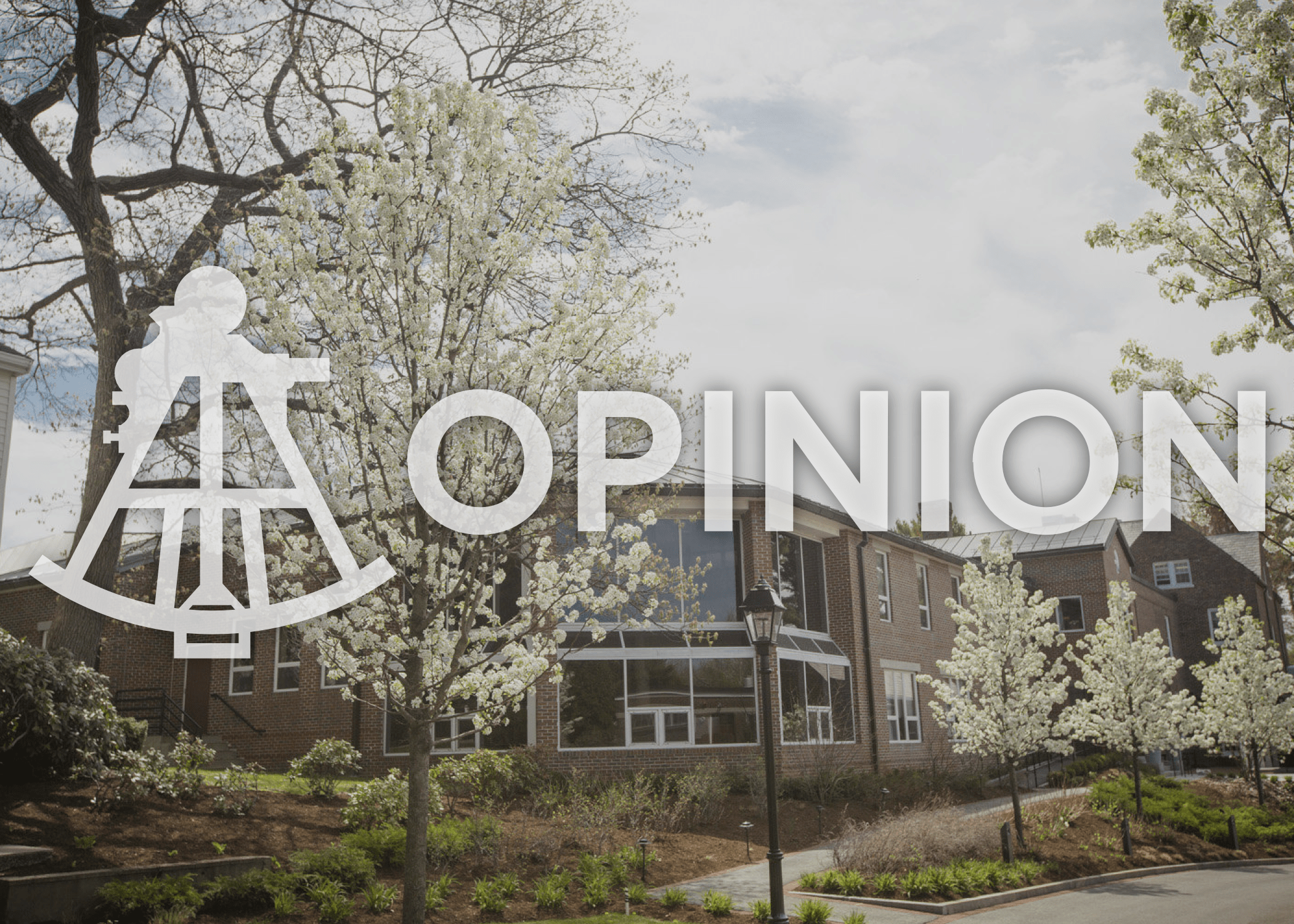Self-driving cars are often hailed as the next great innovation. In total, over $80 billion have been invested in research for self-driving cars, and a wide range of companies, from Apple to Volkswagen, are currently working on them. I do not foresee a breakthrough in this field in the next ten years, as numerous difficulties will hinder progress. The primary issue with self-driving cars is not the cars themselves, but their interaction with people.
Autonomous cars will struggle to account for unpredictable behavior, such as someone rapidly changing lanes in front of the car. In the beginning, self-driving vehicles will be almost incompatible with people on roads and highways, which would mean that the transition from manned vehicles to autonomous would need to be accomplished incredibly rapidly to bear any any hope of success. The public may resist this change for a number of reasons, such as the expense and inconvenience of either buying a new car or not being able to use their own cars and needing to use an Uber-like system to travel. Additionally, many people would take issue with how the self-driving vehicles would drive, as they would be programmed to go exactly the speed limit, a rule that some drivers normally do not follow, leading drivers to become frustrated with cars that are travelling “too slowly”.
In urban environments, the computer systems in the cars will have to deal with people randomly crossing the street. In a large city such as New York, this issue could become extremely dangerous. Self-driving cars would therefore not work well in large cities. Since many proposals for self-driving vehicles involve a ridesharing system, this is likely to annoy people in the suburbs, as instead of just jumping in their car, they would have to order a ride and wait for 10 -15 minutes, at the least. This issue would be exacerbated because many towns would not want a large distributing hub near residential areas, as they would be unsightly, and there may be a shortage of available cars at rush hour. This issue would become even larger in rural areas, as the wait times would understandably be even larger. Road quality would be an issue, as the cars rely on optical sensors to follow the road and stay in the lane; unpainted streets, dirt roads, and snow-covered roads may confuse these cars.
Weather adds more complications, as the sensors can become obscured with snow or rain, hindering their operations causing the cars to struggle to adapt to drive in poor conditions. The only field in which I foresee self-driving vehicles becoming practical is in the trucking industry. With consistent schedules, lack of urgency, and lowering expenses, self-driven trucks would revolutionize the industry. However, there would be resistance, as over 1.8 million Americans work in the trucking industry. This labor force could become a powerful force lobbying against self-driving vehicles. While self-driving cars may become prevalent in the far future, I don’t imagine it will happen any time soon.






